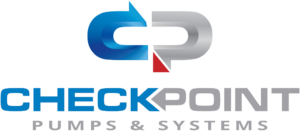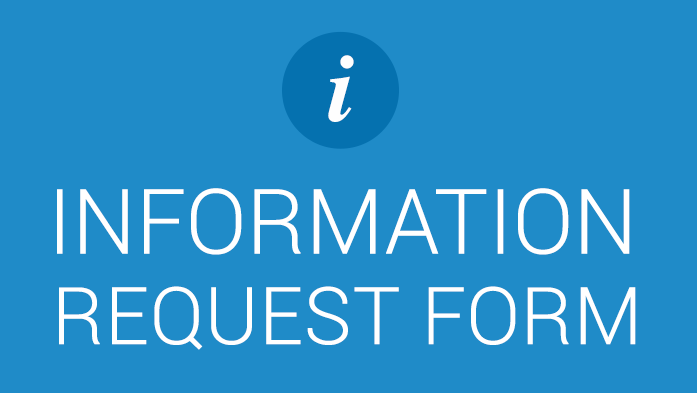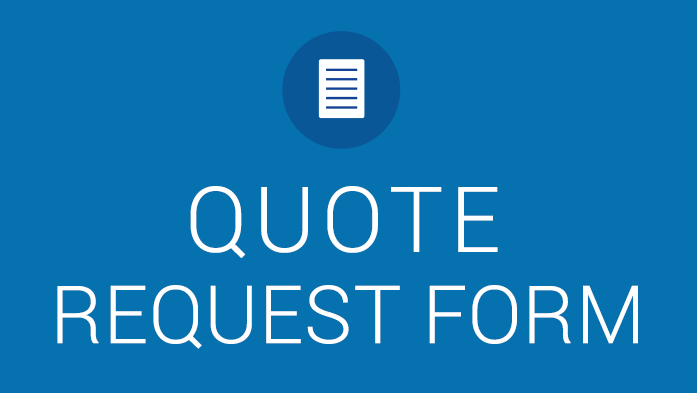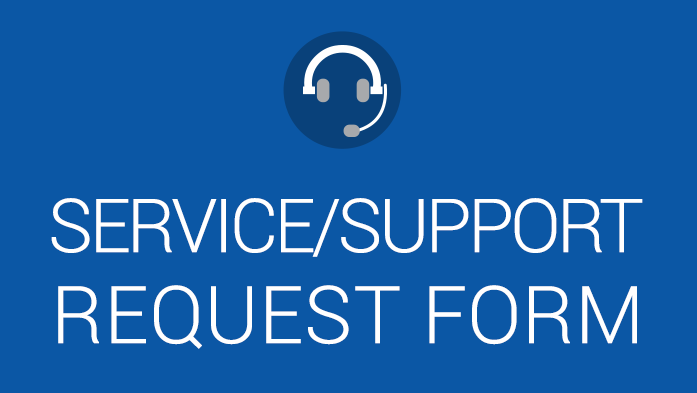Evaluating Cost-Effectiveness: A Comparative Analysis of Pump Rentals vs. Purchasing Equipment
In today's rapidly evolving industrial landscape, the decision between pump rentals and purchasing equipment has significant financial implications for businesses. According to a recent report by the Equipment Leasing and Financing Foundation, around 80% of companies are exploring alternative financing solutions to manage equipment costs effectively.
 With pump rentals gaining traction as a cost-efficient solution, businesses may find that they can reduce upfront capital expenditures while maintaining flexibility for changing project demands. Additionally, a study by the National Association of Equipment Leasing Brokers indicates that companies utilizing pump rentals can experience up to a 30% decrease in total costs associated with maintenance and repairs compared to outright purchases. This comparative analysis aims to evaluate the cost-effectiveness of pump rentals versus purchasing equipment, helping organizations make informed decisions that align with their operational and financial goals.
With pump rentals gaining traction as a cost-efficient solution, businesses may find that they can reduce upfront capital expenditures while maintaining flexibility for changing project demands. Additionally, a study by the National Association of Equipment Leasing Brokers indicates that companies utilizing pump rentals can experience up to a 30% decrease in total costs associated with maintenance and repairs compared to outright purchases. This comparative analysis aims to evaluate the cost-effectiveness of pump rentals versus purchasing equipment, helping organizations make informed decisions that align with their operational and financial goals.
Understanding Pump Rental Costs: Key Factors to Consider
When considering pump rentals versus purchasing equipment, understanding the rental costs is crucial. Various key factors influence these costs, including the type of pump required, the duration of the rental period, and additional service options. For instance, specialized pumps that are capable of handling unique job requirements may come with a higher rental rate. Therefore, it’s essential to assess the specific needs of your project to ensure you choose a pump that balances functionality and cost-effectiveness.
Another significant aspect to consider is the maintenance and support services included in rental agreements. Many rental companies offer comprehensive packages that provide repair and maintenance during the rental period, which can significantly mitigate unexpected costs. Additionally, evaluating transportation logistics, such as delivery and pickup fees, can impact the overall budget. By carefully analyzing these variables, businesses can make informed decisions that align with their financial constraints while ensuring they have access to the right equipment for their operations.
Purchasing vs. Renting: Analyzing Long-Term Financial Impacts
When considering whether to purchase or rent equipment, businesses often overlook the long-term financial implications of their decision. According to a recent report by the Equipment Leasing and Finance Association (ELFA), companies that opt for renting can save up to 30% in upfront costs compared to outright purchases. This can be particularly beneficial for small to medium-sized enterprises that may not have the capital to invest in expensive machinery. Moreover, renting allows businesses to keep their equipment up-to-date, avoiding the depreciation and maintenance costs associated with ownership.
Tip: Before making a decision, analyze your project's duration and frequency of use. If your equipment needs are intermittent, renting might be more cost-effective than purchasing.
Additionally, a study from Deloitte indicates that businesses spending more than 15% of their budget on equipment purchases may benefit from a rental strategy. Not only does this approach enhance cash flow, but it also mitigates the risk of equipment obsolescence in a fast-evolving market. With the rapid advancements in technology, renting allows access to the latest models without the financial burden of ownership.
Tip: Consider the total cost of ownership (TCO) over time, including maintenance, storage, and operation costs, versus the rental fees to make a well-informed decision.
Maintenance and Operational Efficiency: Rental vs. Ownership
When evaluating the maintenance and operational efficiency of pump rentals versus equipment ownership, several critical factors come into play. According to a study by the Equipment Leasing and Finance Association (ELFA), businesses can save up to 30% on maintenance costs by opting for rentals. This is largely due to the fact that rental companies typically cover maintenance and repairs as part of their service, allowing users to avoid the high overhead and unexpected expenses that come with owning equipment.
Moreover, operational efficiency tends to favor rentals in industries characterized by fluctuating demand. A report by Mordor Intelligence indicates that companies using rental equipment experience up to 50% faster response times to project needs. This agility allows businesses to adapt quickly without the burden of underutilized assets. Additionally, the latest rental equipment often incorporates advanced technology, ensuring that companies benefit from improved efficiency and reduced energy consumption compared to aging owned equipment, which can be a significant factor in overall operational costs.
Evaluating Cost-Effectiveness: Pump Rentals vs. Purchasing Equipment
This chart compares the estimated annual costs of renting versus purchasing equipment, focusing on maintenance and operational efficiency.
Flexibility and Project-Specific Needs: Making the Right Choice
In the ever-evolving landscape of project management, the decision between renting equipment or making a capital purchase is crucial and often hinges on project-specific needs. Organizations face unique challenges and goals that demand flexibility; renting pumps may provide the agility needed to adapt to changing project scopes. The ability to allocate resources efficiently can significantly impact not only budget considerations but also timelines and overall project success.
Moreover, analyzing cost-effectiveness requires a comprehensive understanding of not just immediate expenses but also long-term implications. While purchasing may seem beneficial for large, ongoing projects, renting can often lead to reduced maintenance costs and a lower upfront investment, making it a practical choice for short-term or fluctuating projects. As the global market shifts, particularly in sectors like flexible office spaces, companies are encouraged to embrace solutions that cater to their specific operational demands. This focused approach ensures that businesses remain competitive while also managing their resources wisely.
Market Trends and Future Considerations in Pump Equipment Economics
In the ever-evolving landscape of pump equipment economics, understanding market trends and future considerations is crucial for making informed decisions regarding cost-effectiveness. A recent techno-economic analysis highlights that the total cost of ownership (TCO) of pump systems significantly influences procurement strategies, emphasizing a shift towards leasing rather than outright purchases. With the emergence of advanced technologies, businesses can now optimize their operational strategies to align with sustainability goals while managing costs effectively.
For instance, studies indicate that transitioning from traditional to more energy-efficient pumps can lead to a reduction of over 30% in energy consumption, aligning with the growing demand for sustainable building materials and reducing greenhouse gas emissions. Incorporating energy storage technologies further enhances this transition by providing flexibility in energy consumption during peak hours.
**Tip:** When considering whether to rent or purchase pump equipment, assess the long-term operational costs and sustainability benefits. Prioritize suppliers that leverage innovative production technologies to ensure enhanced performance and lower environmental impact. Additionally, engaging in a detailed analysis of market trends can reveal opportunities for cost savings and improved resource management.
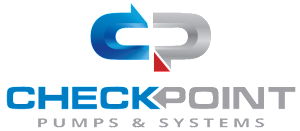
Whether your solution requires a single pumping application or an expansive engineered system,
CheckPoint is committed to becoming your partner in excellence.
